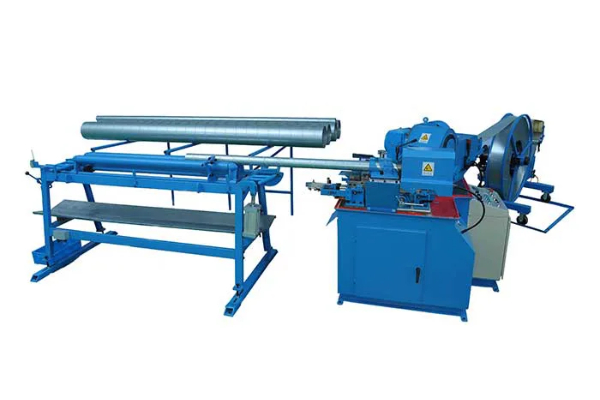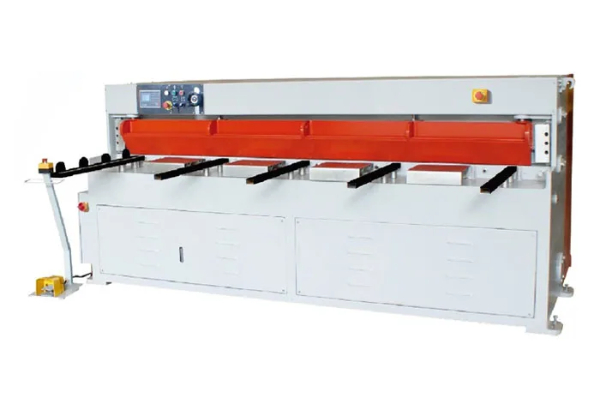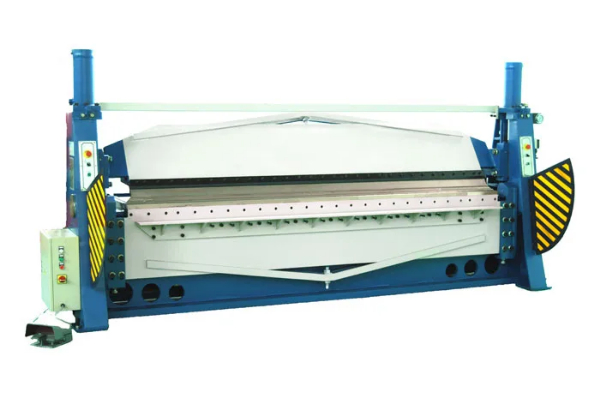
Tips for Properly Setting Up and Calibrating Your Plate Bender Machine
- By:Metmac
- 2024-08-12
- 130
Plate bender machines are essential tools for shaping and manipulating metal sheets. To ensure accurate and efficient bending, it is crucial to set up and calibrate your plate bender machine properly. Here are some comprehensive tips to guide you through the process:
1. Machine Setup
Leveling: Place the machine on a level surface to ensure stability during operation. Use a level to check all four corners of the machine.
Bolting Down: Secure the machine firmly to the floor or workbench to prevent movement during bending. Use appropriate bolts and torque.
Lubrication: Lubricate all moving parts regularly to reduce friction and extend the lifespan of the machine. Refer to the manufacturer’s instructions for specific lubrication requirements.
Power Requirements: Make sure the machine is connected to a power source that meets its electrical requirements. Use a voltage regulator if necessary.
2. Tooling Selection
Upper Die: Select the appropriate upper die for the thickness and material of the metal sheet. Ensure it is properly installed and centered.
Lower Die: Choose a lower die that supports the metal sheet without damaging it. Adjust the die gap to match the thickness of the sheet.
Tool Clamps: Tighten tool clamps securely to prevent the tools from slipping during bending.
3. Sheet Preparation
Cleaning: Clean the metal sheet to remove any dirt, oil, or debris that could interfere with bending.
Centering: Align the sheet on the machine table and ensure it is centered under the bending tools.
Marking: Mark the desired bend line on the sheet for accurate bending.
4. Calibration
Zero Point: Set the zero point of the machine by aligning the upper and lower dies without a sheet between them.
Bend Angle: Adjust the machine settings to achieve the desired bend angle. Use a protractor or angle gauge to ensure accuracy.
Bend Force: Calibrate the bend force according to the thickness and material of the metal sheet. This prevents overbending or underbending.
Hydraulic System: Ensure the hydraulic system is properly bled and free of air. This affects the machine’s performance and accuracy.
5. Maintenance and Troubleshooting
Regular Inspection: Regularly inspect the machine for any signs of wear or damage. Check bolts, tools, and hydraulic lines for any loose connections or leaks.
Lubrication: Follow the manufacturer’s lubrication schedule to prevent premature wear and maintain machine longevity.
Troubleshooting: If the machine is not performing as expected, refer to the manufacturer’s manual for troubleshooting steps. Seek professional assistance if necessary.
-
Reliable Sheet Metal Equipment for Sale to Support Precision Fabrication
2025/07/17 -
Advanced Duct Machine AC and Fabrication Solutions from Metmac
2025/07/12 -
The Advantages of Using a Sheet Roll Forming Machine in Manufacturing
2024/09/14 -
How to Optimize Your Laser Sheet Cutting Machine for Maximum Performance
2024/09/12
-
Efficient Sheet Metal Laser Cutting and Press Brake Solutions
2025/08/20 -
Advanced Sheet Metal Roll Forming Machines and Laser Cutting Solutions
2025/08/20 -
High-Performance Sheet Forming Machines for Industrial Applications
2025/08/20 -
Precision Steel Sheet Cutting and Bending Machines for Modern Metalworking
2025/08/14
-
A Guide to the Latest Innovations in Sheet Metal Folding Machines
2024/11/29 -
Key Features to Consider When Investing in a Sheet Metal Folding Machine
2024/11/28 -
Enhancing Precision with Advanced Sheet Metal Folding Machines
2024/11/27 -
How to Choose the Right Sheet Metal Folding Machine for Your Workshop
2024/11/26



